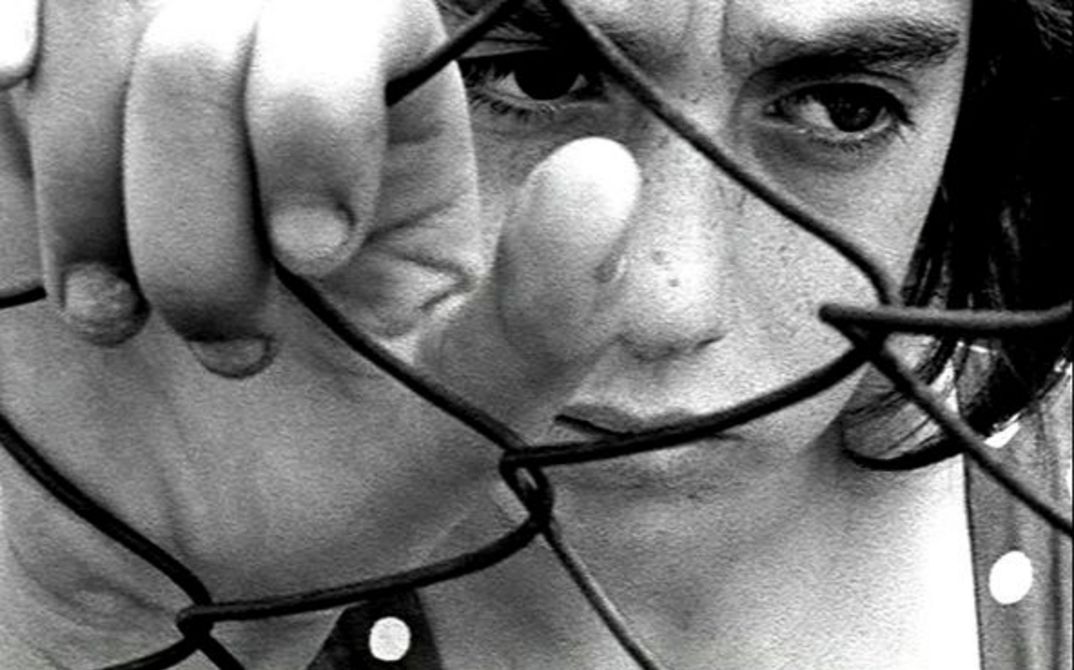IGNOTI ALLA CITTÀ (I 1959), STENDALÌ (I 1959) and LA CANTA DELLE MARANE (I 1962) were made in cooperation with Pier Paolo Pasolini, who contributed the commentary to all three. IGNOTI ALLA CITTÀ depicts the life of young people on the outskirts of Rome in confined housing, rummaging through the city's garbage heaps, working as unskilled laborers. Leisure time on the outskirts of Rome is the focus of LA CANTA DELLE MARANE, which shows children splashing around in the city's ancient canals (the marane). STENDALÌ and MARIA E I GIORNI (I 1959) are connected by another line: the documentation of the disappearance of traditions and ways of life. (4.2., with Cecilia Mangini and Paolo Pisanelli) ESSERE DONNE (I 1965, 5.2., with Cecilia Mangini and Paolo Pisanelli) dissects precisely the paternalistic division of labor in Italy during the economic miracle era. Through the juxtaposition of the work of women in the factory, at home, in the fields, in the tobacco industry, not only do Italy's capitalist structures come to light but so do the sexist structures of Italian society. Hardly any other European cinema movement brought forth such a clever film about the questions of migration in the early 1960s as FATA MORGANA (I 1961, 5.2.) by Cecilia Mangini and Lino del Fra. Opening with the arrival of migrants from southern Italy at Milan station, the film develops into a reflection on the significance of migration for Italy's labor market, depicting the circumstances of migrants and analyzing the interaction between the attitudes of northern Italian society towards migrants and how these deal with those expectations. IN VIAGGIO CON CECILIA (I 2013, 5.2., with Cecilia Mangini and Paolo Pisanelli). In summer 2012, the two filmmakers Cecilia Mangini and Mariangela Barbanente travelled through Puglia, tracing the changes that the region had experienced since the 1960s. IN VIAGGIO CON CECILIA brings some central films from Mangini's work in contact with the reality that they reproduced. One of these is TOMMASO (I 1965, 5.2.), a short, movingly simple film about the dreams of a young man. While he weaves his way through the streets of Bari on his moped, he dreams of finding work in a petrochemicals factory and of earning 1500 lira a month so that he can buy a better moped, so that he can make headway. The film deconstructs his dreams, confronts them in the montage with reality but - and this is the film's strength - it also allows the dreams to retain their dignity. COMIZI D'AMORE 80 (I 1983, 6.2.) seizes on Pier Paolo Pasolini's 1965 concept of "Comizi d’amore": his survey about Italian attitudes and feelings towards sex. In 1981/82, Mangini and Lino Del Fra surveyed Italians all over the country for the four episodes of their last major joint documentary project. It took a year for Italian state television to summon the courage to broadcast the film after it had been finished. For a short moment in 1970, the youth revolts of 1968 twinkled in two films for which Lino del Fra, Mangini's husband, was responsible: The first was COME FAVOLOSI FUOCHI D'ARTIFICIO (I 1967, 6.2.) – a skeptical view of the rebellion's spontaneity and the intersection between rebellion and consumer culture. The second film V. & V. (I 1972, 6.2.) grants a short intimate insight into the life of a young couple of activists in their shared flat. Recording the couple and their discussions, the film sketches the youth world of the sexual revolution, and the trust between those filming and those being filmed. ALL'ARMI SIAM FASCISTI (I 1962, 7.2.) is an unbelievable film that was made in reaction to unbelievable events: Not even 15 years after the war ended and Mussolini's death, the Christian Democrat Fernando Tambroni formed a right-wing minority government with the support of the fascist Movimento Sociale Italiana (MSI). There were protests all over Italy. Cecilia Mangini, Lino del Fra and Lino Micciché edited archive material about the rise of fascism and its hegemony and created one of the first filmic overviews. The film is an early example of compilation film, the key analytical film form of the 1960s, which today has been forgotten outside of Italy. (ft) The program was organized by Serena Barela, Fabian Tietke and Cecilia Valenti in conjunction with Cecilia Mangini and Paolo Pisanelli and in cooperation with Cinema del Reale, Big Sur, Officinavisioni, the Apulia Film Commission and the Archivio Audiovisivo del movimento operaio e democratico (aamod). It was made possible by funding from Berlin's Women Artists Program. Kindly supported by the Istituto Italiano di Cultura, Berlin.

Lyrical, attentive, militant – The films of Cecilia Mangini
While the feature films of directors such as Michelangelo Antonioni or Pier Paolo Pasolini have become part of the canon, post-war Italian documentary cinema remains almost unknown in Germany. Cecilia Mangini was the first woman to make aesthetically demanding political documentaries in post-war Italy. She belongs to a generation of filmmakers for whom Italian cinema was not merely accompaniment to the conflicts of the post-war era but itself an actor. Before she started making her own films in 1959 and later started working with her husband Lino del Fra, Mangini wrote for film magazines such as Cinema Nuovo or Cinema '60. This program presents a larger selection of her work for the first time in Germany. Cecilia Mangini and Paolo Pisanelli, a filmmaker and the head of the Cinema del Reale festival, will be Arsenal's guests on 4th and 5th February.